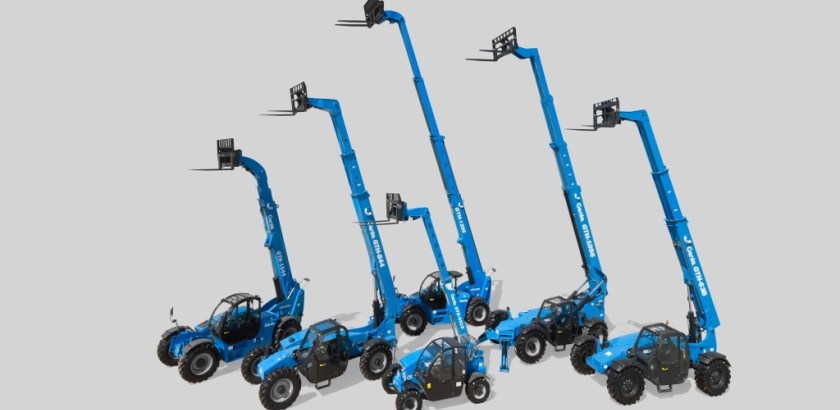Evaluating Telehandler Sizes To Select the Right Machine for the Job
by Josh Taylor - Product Manager On May 11, 2017, 03:00 AM
Subscribe To Aerial Pros
Filter by tags
The telehandler’s ability to lift, move and place a range of materials and tools make it an indispensable machine for elevating efficiency and productivity on the job.
Like any piece of construction equipment, telehandler sizes vary, as do their options. Before you rent or purchase a telehandler or telescopic forklift, make sure you’re selecting a model that offers the required combination of power, maneuverability, lift capacity and lift height for your specific needs.
How high and how much can a telehandler lift?
When you’re selecting a telehandler, the first thing you need to know is what you're going to be picking up and how high and far you’re going to be lifting it. Look at the heaviest thing that you need to lift to determine your maximum telehandler lifting capacity.
You also need to determine where those materials are going. Are you going to be lifting straight up, or are you lifting up and over something? This is important because the rated telehandler lifting capacity can change if its boom is extended while lifting up and over something. For these applications, you need to review the machine’s load chart.
Understanding load charts
Load charts explain telehandler lift capacity at various heights and lengths throughout the machine’s lift radius. It’s important for anyone using a telehandler to understand how to use the load chart to fit the application. A telehandler’s load chart available in the cab and in the operator’s manual. Most manufacturers, including Genie, also make them available online.
If an operator ignores the load chart and attempts to lift material that is too heavy for a given load zone referenced on the load chart, the machine could tip, compromising the safety of workers and potentially causing damage to the machine and the material being lifted.
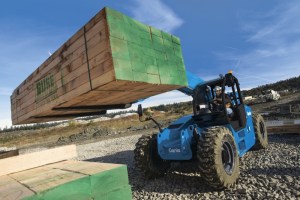 Consider jobsite accessibility
Consider jobsite accessibility
You also need to select the right telehandler size for the jobsite. Larger machines have higher capacities and lift heights, but they also give up some maneuverability in confined spaces. In these situations, it makes sense to get a smaller telehandler model. Otherwise, you may want to look at a telehandler that has a higher lift height to reach up and over the top of an obstacle on the ground.
Interpreting telehandler model numbers
It’s important to be able to quickly identify a telehandler’s capacity limits during your selection process and on the job. Model numbers will typically indicate a machine’s maximum weight capacity and lift height or serve as a reference so you can quickly look up the exact machine specifications.
Genie, for instance, bases its telehandler model numbers on each unit’s maximum lifting capacity and lift height. The first digit or two, as is the case with models that have four digits, represent the telehandler's maximum lift capacity in pounds (by the thousand), and the last two digits identify the maximum lift height in feet. This means that the Genie GTH™-1256 telehandler has a lift capacity of 12,000 pounds and a lift height of 56 feet.
Choosing Telehandler Attachments
Telehandlers can be outfitted with a wide range of attachments, including carrier forks, work platforms or carriages, and buckets. Using the right size and type of telehandler attachment can increase productivity and reduce potential damage to the material being transported. You can also expand the capabilities of telehandlers through approved attachments and potentially eliminate the need for other types of loaders on the job.
Taking a few moments to evaluate your specific needs ahead of time will help keep you productive and safe on the job.
Your local Genie dealer can help you find the telehandler that’s right for you. Use our Dealer Locator to find your local Genie Telehandler dealer — or explore our telehandler lineup on your own.
Related Posts
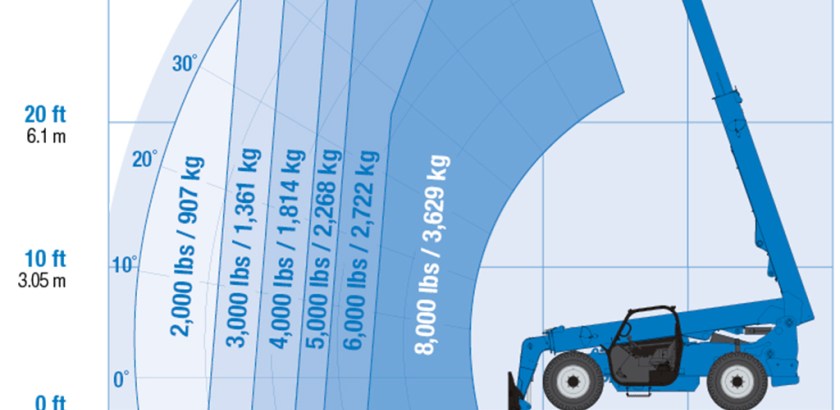
Interpreting a Telehandler’s Load Charts
When the job calls for lifting, moving and placing materials on jobsites, telehandlers are a great go-to equipment choice, because these machines can complete all those tasks with just one unit — as opposed to needing a combination of machines, such as a skid steer loader and small crane to complete a job.
Continue Reading
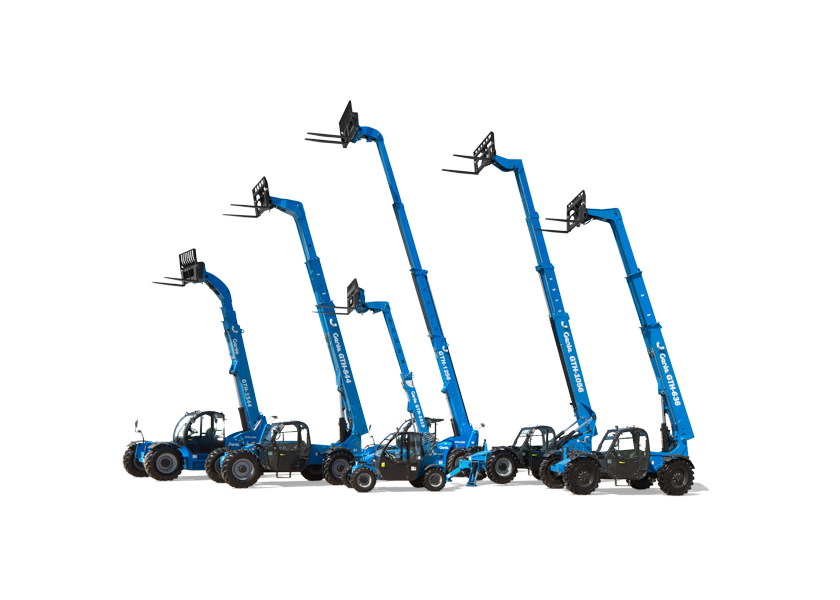
OSHA National Safety Stand-Down 2018: 10 Tips for Safely Operating Telehandlers on the Jobsite
A telehandler is one of the most frequently used tools, and most versatile pieces of equipment on a jobsite.
Continue Reading
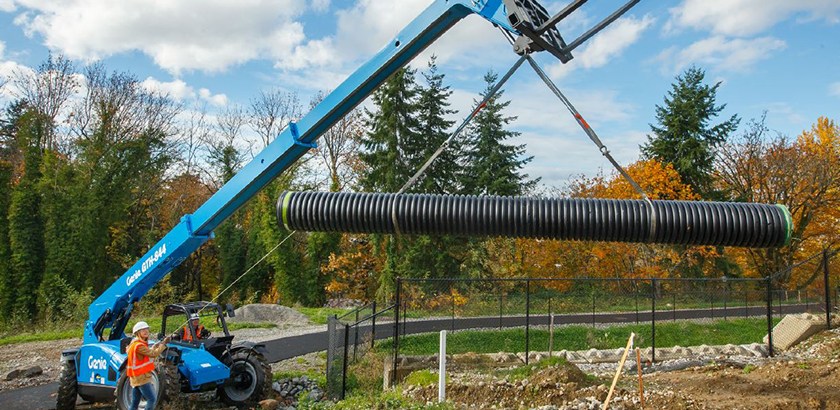
Spec’ing a Telehandler for Productivity
The telehandler’s ability to lift, move and place a range of materials and tools make it an indispensable machine for elevating efficiency and productivity on the job.
Continue Reading


